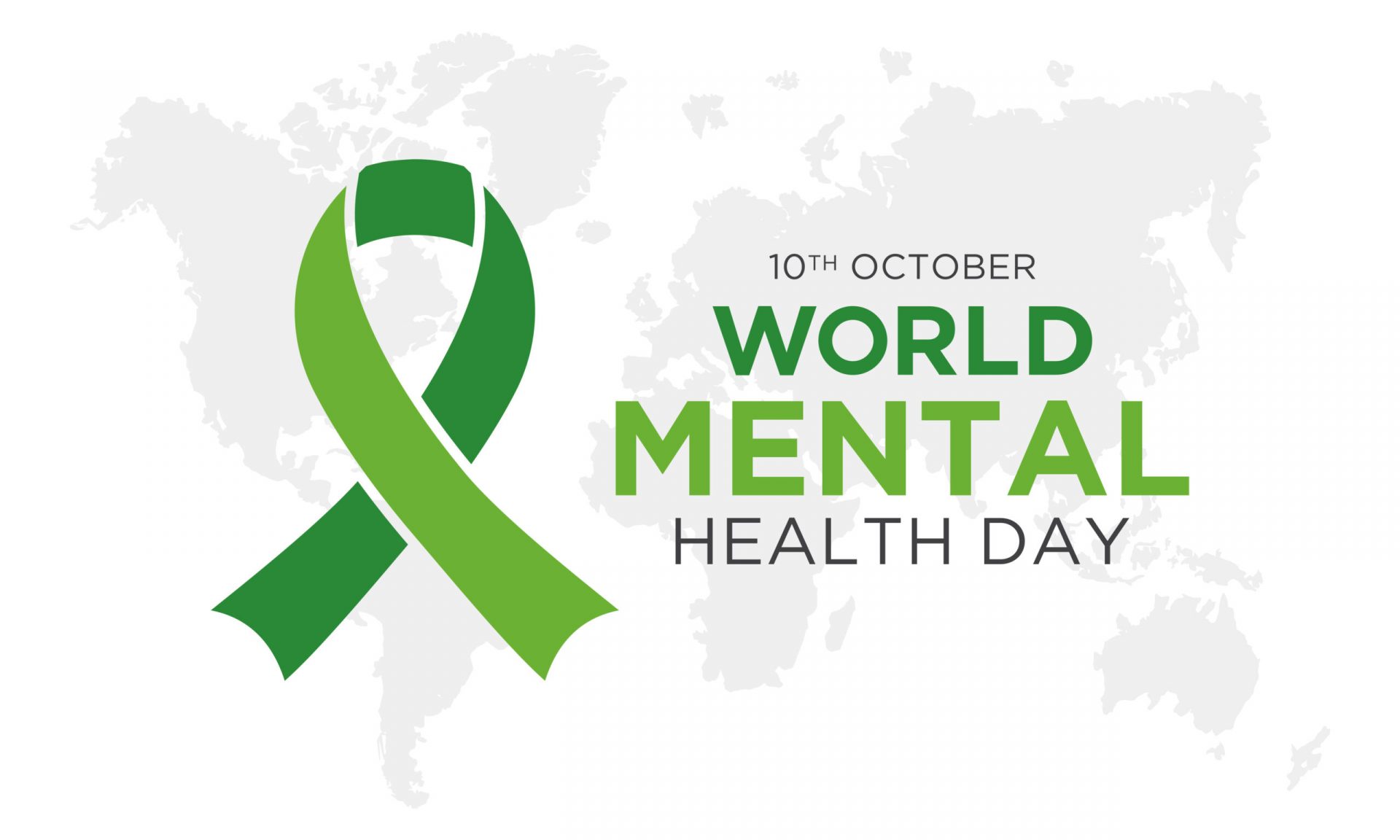World Mental Health Month — and a Friday worth acting on

- Oct 10, 2025
- 4 Min. Read
World Mental Health Day lands this Friday, 10 October 2025. This year’s global theme is clear and urgent: mental health in humanitarian emergencies.
Why this matters to us
The scale is no longer in doubt. Nearly one in seven people worldwide lives with a mental disorder, with anxiety and depression the most common. The economic cost is staggering—an estimated one trillion dollars lost each year in productivity. And when crises hit, needs surge: one in five people in emergencies experiences a mental health condition.
So, yes—October is a moment for statements and ribbons. But if we are serious, this month is a checkpoint for how we work: across disciplines, across sectors, and across contexts—especially where infrastructure is broken and lives are disrupted.
The intersection of data, technology, and care
Digital mental health has matured beyond hype. We know that technology can extend reach and create continuity of care. We also know that its effects are context-dependent and require careful oversight. The potential is real, but so is the risk of inequity, overreach, or harm when design and governance are treated as afterthoughts.
At the intersection of data and technology, precision matters. We need stronger interdisciplinary frames—where clinicians and data scientists, anthropologists and engineers, privacy lawyers and humanitarian responders all sit at the same table. Mental health challenges do not live neatly in a single domain, and neither should their solutions.
Interdisciplinary frames that actually change outcomes
1. Clinicians × Data Scientists: Move from “efficacy” to “effectiveness.” Pair clinical leadership with quantitative teams to evaluate interventions in real-world settings, focusing not only on symptom reduction but also on safety, functioning, and equity.
2. Humanitarian Operations × Product Design: Build for broken systems. Design offline-first, low-bandwidth solutions that align with the realities of displacement, conflict, and resource scarcity.
3. Engineers × Regulators: Treat compliance as an enabler of innovation. Integrate transparency, explainability, and human oversight into systems from the outset rather than as a retrofit.
4. Privacy Lawyers × ML Leads: Protect trust through minimisation and accountability. Use federated learning and on-device processing where possible, and build privacy and consent as defaults, not features.
5. Anthropologists × UX Designers: Make culture a requirement, not a user story. Localise and adapt tools to reflect language, stigma, and norms in each community.
6. Workforce × AI Developers: Focus on augmentation, not automation. Use AI to extend human reach—triage, monitoring, education—while ensuring clear escalation pathways to human care.
7. Epidemiologists × Operators: Close the loop between data and delivery. Use metrics that matter on the ground—coverage, access, wait times, and staff wellbeing—to guide daily decisions.
A closing note for Friday
World Mental Health Day is one day; the work is year-round. The bar for technology in mental health—especially in emergencies—is not that it works in a controlled setting or attracts engagement. It is that it delivers safe, equitable, accountable impact in the messy realities of life.
That can only happen when we work together—clinicians, responders, designers, data scientists, engineers, regulators, and people with lived experience. If we hold ourselves to that, the ribbon means something.
